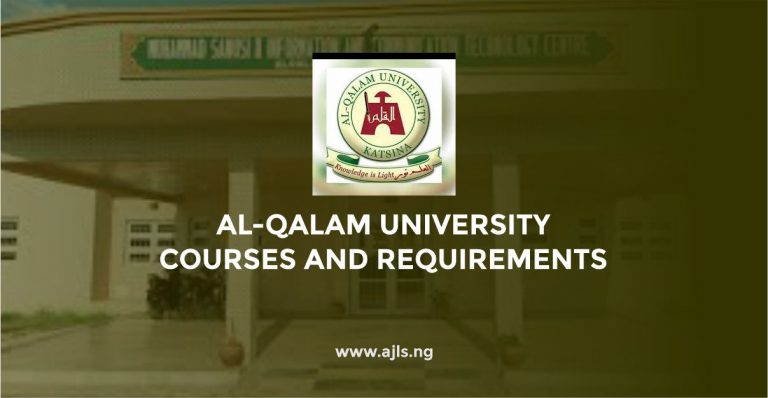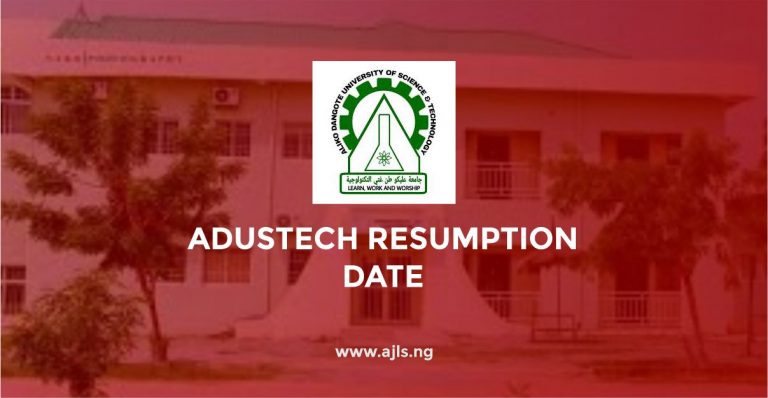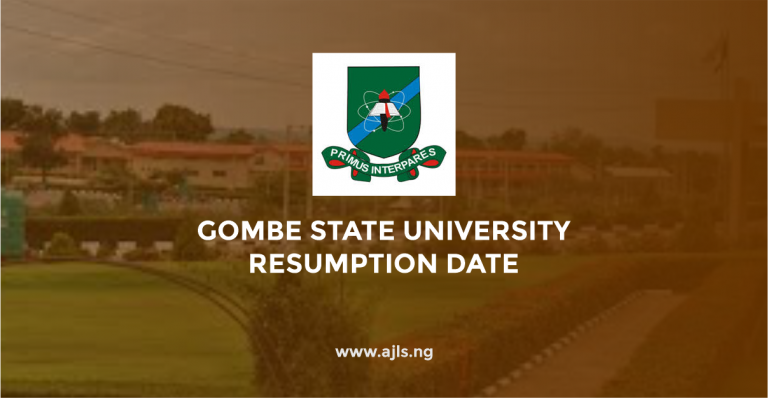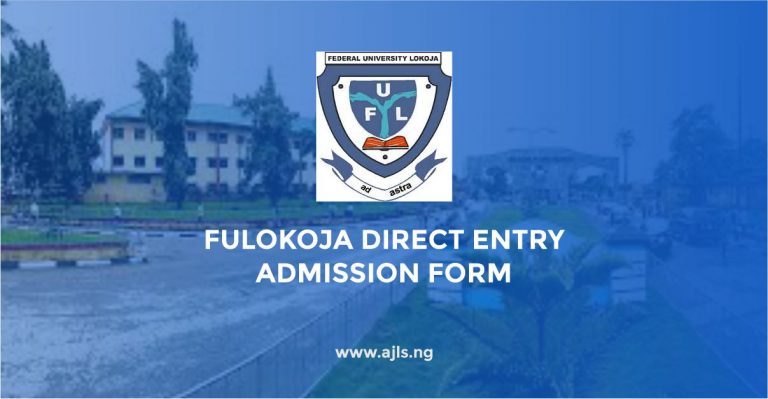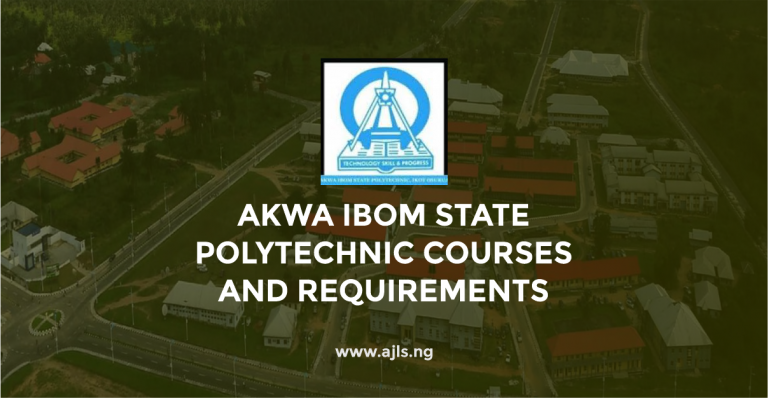WAEC Syllabus For Physical Education
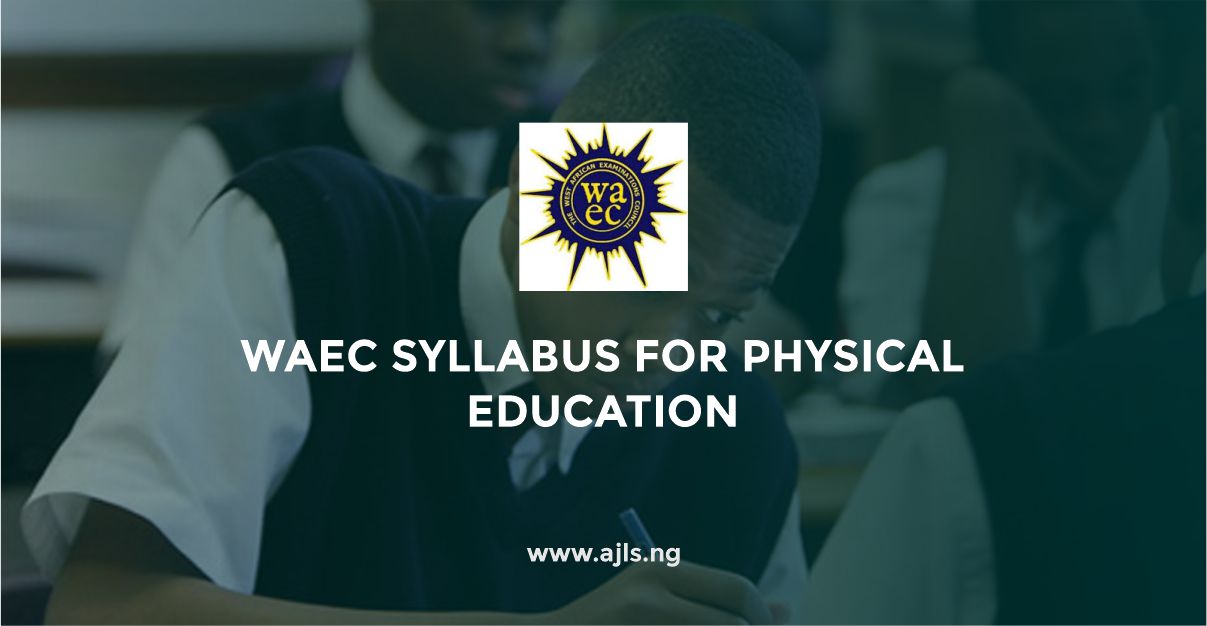
WAEC Syllabus For Physical Education – Physical Education is an important subject that promotes physical fitness, well-being, and knowledge of sports and recreational activities. The West African Examinations Council (WAEC) has released the official syllabus for Physical Education to guide candidates in their preparation for the examination. The WAEC Physical Education Syllabus outlines the key topics, objectives, and areas of focus that students must study to perform well.
It also serves as a useful resource for teachers, helping them structure lessons effectively. If you are preparing for the WAEC Physical Education exam, make sure to review the WAEC Syllabus for Physical Education thoroughly to enhance your chances of success.
WAEC Syllabus For Physical Education
| CONTENTS | NOTES |
|---|---|
| A. PRINCIPLES AND PHILOSOPHY OF PHYSICAL EDUCATION | |
| 1. Philosophy of Physical Education | |
| (a) Principles and philosophies of the founding fathers | Emphasis on Hetherington, Dudley Sergent, Thomas Wood, and John Dewey. |
| (b) Changes in the concept of Physical Education | |
| (c) Education of the physical and education through the physical | |
| 2. Physical Education Ideologies | |
| (a) Nationalism and patriotism in Physical Education and sport | Students should understand how Physical Education and sports enhance nationalism, patriotism, and national ideologies. |
| (b) National ideologies | |
| 3. Recreation | |
| (a) Definition and importance | Candidates should differentiate between work, rest, recreation, leisure, and sports. |
| (b) Types of recreational activities | |
| (i) Indoor | |
| (ii) Outdoor | |
| (c) Recreational activities: Walking, jogging, swimming, cycling, playing musical instruments, table tennis, camping, etc. | Students should differentiate between indoor and outdoor recreation. Safety in recreational activities should be mentioned. |
| (d) Differences between recreational activities and lifetime sports | |
| 4. Intramural and Extramural Activities and Tournament | |
| (a) Definitions of: | |
| (i) Intramural activities | |
| (ii) Extramural activities | |
| (b) Benefits of intramural and extramural activities | |
| (c) (i) Definition of tournament | |
| (ii) Types of tournament | Differences between intramural and extramural activities, minor and major games, and sports should be emphasized. Advantages and disadvantages of each type of tournament should be discussed. |
| 5. Traditional Sports in West Africa | |
| (a) Origin of traditional sports in West African countries | |
| (b) Types of traditional sports in different West African countries | |
| (c) Values of traditional sports | |
| 6. Greek Festivals and the Olympic Games | |
| (a) Greek Festivals: | Reference should be made to the origin and significance of these festivals. |
| (i) Usthman, Pythian, Nemean, and Olympian | |
| (ii) Ancient Olympic Games | |
| (b) The Modern Olympic Games | The origin and importance of the Olympic Games in ancient Greece should be discussed with emphasis on Sparta and Athens. The significance of the modern Olympic Games should also be covered. |
| CONTENTS | NOTES |
|---|---|
| B. NATIONAL AND INTERNATIONAL SPORTS COMPETITIONS | |
| 1. Sports Championships at the National Level | |
| (a) Organization and administration | |
| 2. Types of Championship | |
| (a) National championships organized by different sports associations/federations | |
| (b) National championships organized by corporate organizations | |
| (c) The National Sports Festival | |
| 3. Institutional Sports | |
| (a) The Universities Games | |
| (b) The Polytechnic Games | |
| (c) Colleges of Education Games | |
| (d) National School Sports Federation | |
| 4. The All African Games | |
| (a) History of the All-Africa Games | |
| (b) Reasons for disparity in the timing of the games | |
| (c) History and activities of the Supreme Council of Sports in Africa (SCSA) | |
| 5. International Competitions | |
| (a) FIFA World Cup | |
| (b) The Olympic/Paralympic Games | |
| (c) Commonwealth Games | |
| (d) All Africa Games | |
| (e) World Athletics Championship | |
| (f) World Swimming Championship | Emphasis should be on the history, organization, and governing bodies of these competitions. All sports federations have their own international competitions, which should be mentioned. |
| CONTENTS | NOTES |
|---|---|
| C. BASIC HUMAN ANATOMY AND PHYSIOLOGY IN RELATION TO PHYSICAL ACTIVITIES | |
| 1. Skeletal System | Candidates should be able to name the main parts of the human skeleton. |
| (a) Main parts and functions of the human skeleton | |
| (b) Bones and joints involved in movement | Joints permitting different kinds of movement should be discussed. |
| 2. Nervous System | |
| (a) The brain | |
| (b) The spinal cord | |
| (c) The nerves | The parts and functions of each organ listed should be discussed, including the simple reflex action. |
| 3. Circulatory System | |
| (a) The heart muscle | |
| (b) Effects of exercise on the heart | |
| (c) Blood circulation | |
| (d) Function of blood | |
| (e) Types of blood circulation | |
| 4. Respiratory System | |
| (a) The trachea, lungs, and nose | |
| (b) Functions | |
| (c) Types of respiration | Internal and external respiration should be emphasized. |
| (d) Aerobic and anaerobic sports | |
| 5. Skeletal Muscles | |
| (a) Major muscles of the body | |
| (b) Types of muscle contraction | Isotonic and isometric contractions should be emphasized. |
| (c) Muscle cramps: causes, prevention, and first aid | |
| 6. Somatotype | |
| (a) Description of various body types | |
| (b) Relationship between body type and physical activities and sports | |
| 7. Posture | |
| (a) Correct posture | |
| (b) Postural defects | Characteristics of correct posture should be discussed. Causes of postural defects such as kyphosis, scoliosis, lordosis, and flat foot should be stated. Corrective measures should be discussed. |
Recommended Reading Materials For WAEC Physical Education
Here are some books recommended for your revision.
Adedeji, J. A., & Oyebanji, J. O. (2004). Essential physical and health education for senior secondary schools. Ibadan: University Press Plc.
Anyakoha, E. U. (2007). Physical education and sports for senior secondary schools. Onitsha: Africana First Publishers Ltd.
Asaolu, A. (2005). Handbook on teaching physical education. Ibadan: Heinemann Educational Books Plc.
Ogunjimi, L. O., & Oyebanji, J. O. (2004). A comprehensive text on physical and health education for colleges and universities. Ibadan: University Press Plc.
Did you find this post helpful? If you have questions please ask them in the comments and we will respond shortly. Do not forget to share this post.
